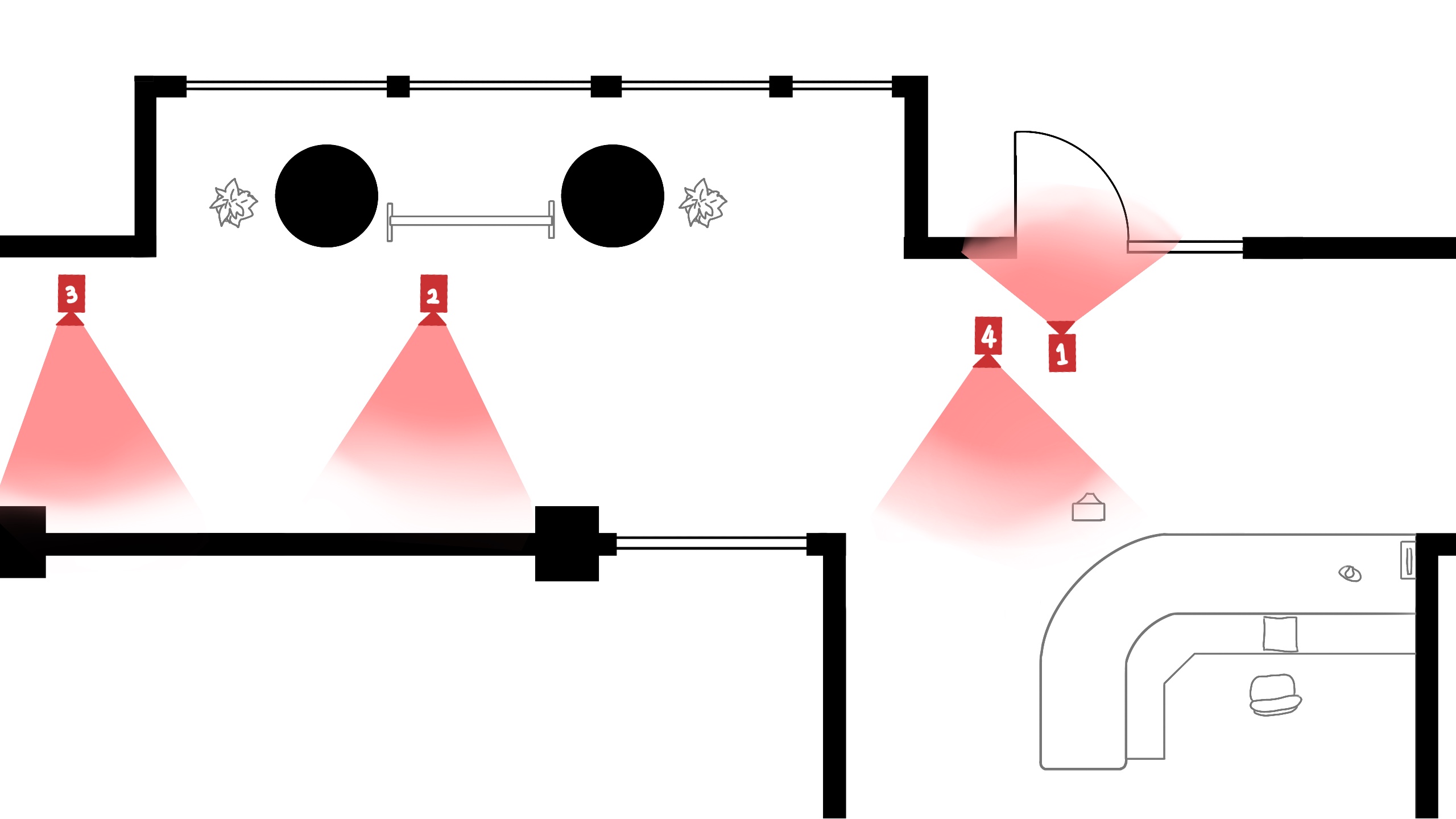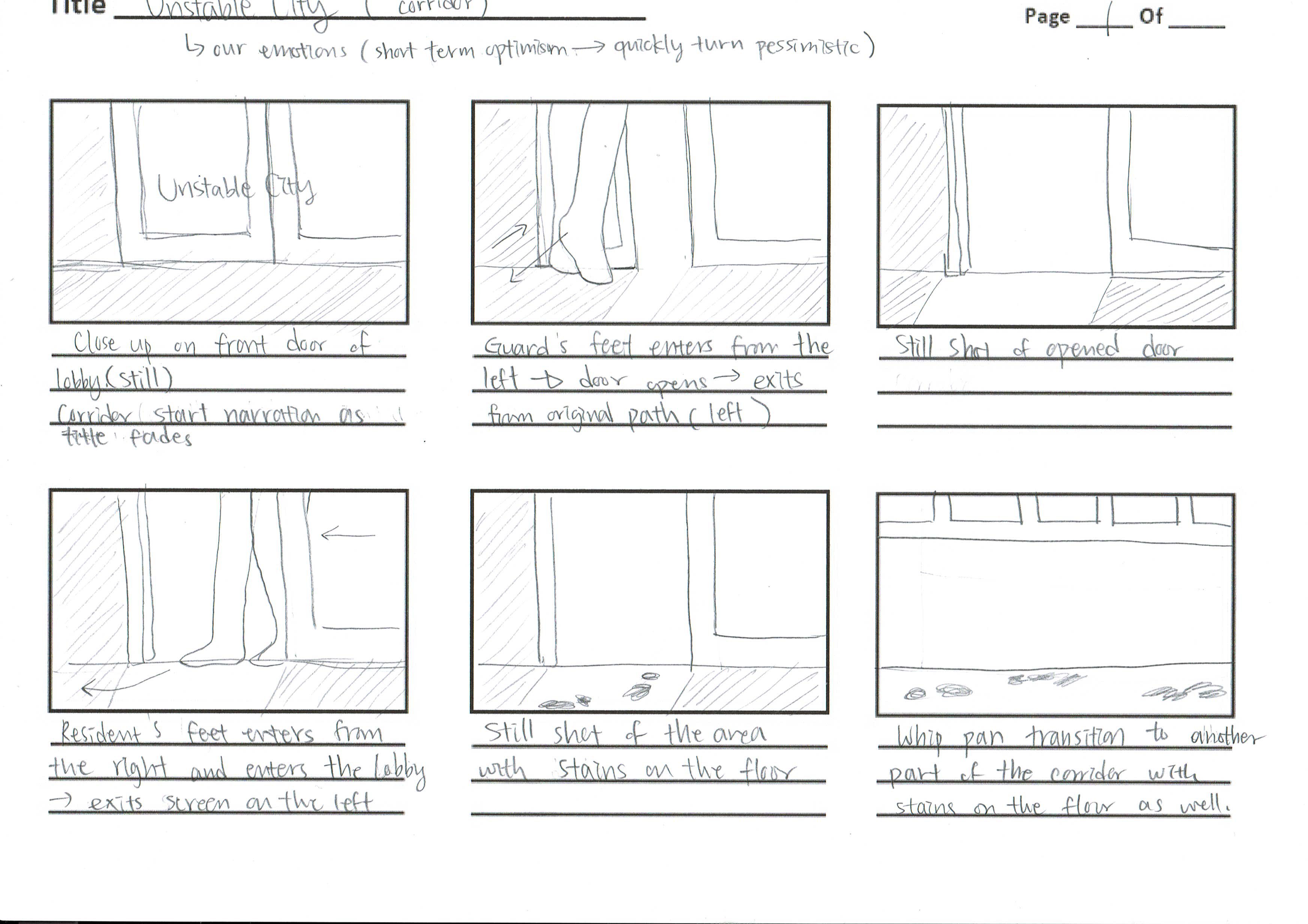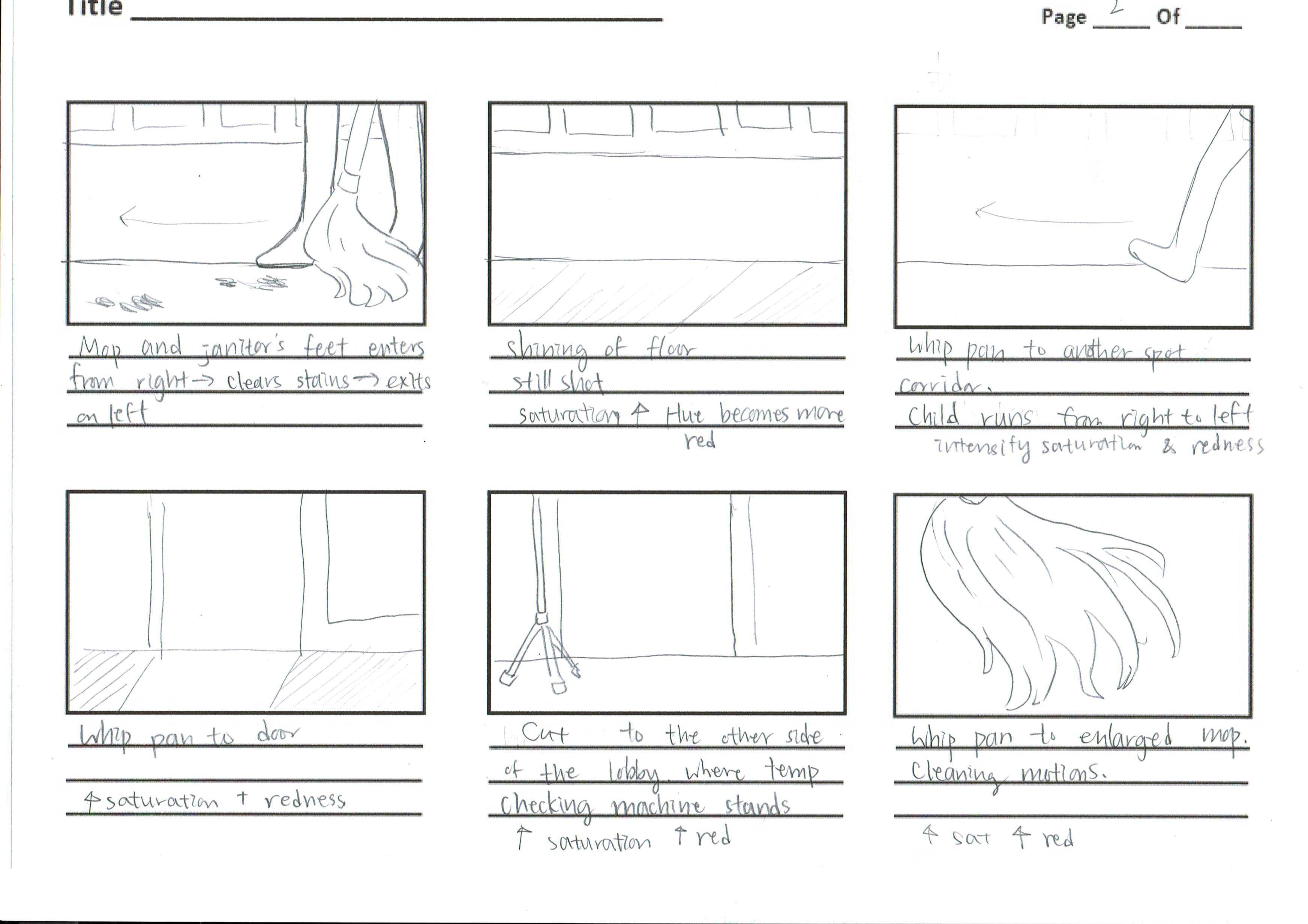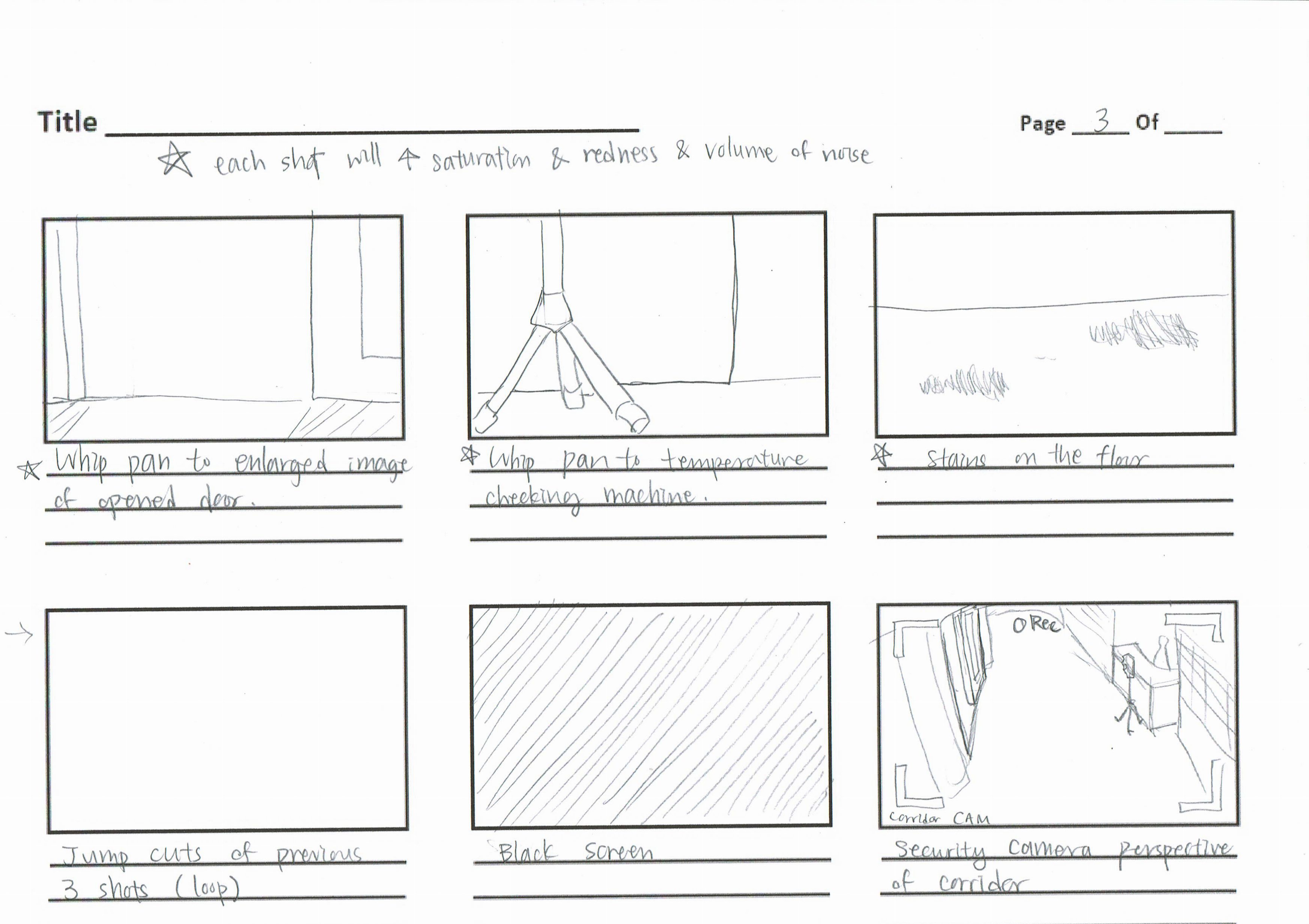Video Credits:
Directed and narrated by Chan Sum Kie Dorcas
Sound effects from All Sounds (Youtube)
Special thanks to securities guards for the interviews
Synopsis:
The pandemic has forced our routines to be changed. Working from home and learning from home have already become the norm. However, as our institutions and living styles seemed to have stabilized, our inner core is still crumbling. Hong Kong’s mental health crisis is nothing new, yet the introduction of a neverending pandemic has worsened the already devastating situation. People have become increasingly depressed and anxious which has led to certain rather interesting concerns. Namely, people are starting to contradict themselves. Secondary school students are starting to reminisce about their school life and are worrying about their academic performance. Some 70% of students are willing to give up extracurricular activities to control the pandemic, yet 67% wish to also return to school and have face-to-face learning. For workers, the ability to work from home was once one of the important factors that they think will better their work-life balance. But there is currently a rising concern for lack of rest time. Furthermore, Hong Kongers have been complaining about the lack of balance leading to inadequate time for family activities. Now that families can spend more time together, abusive relationships and familial tensions have suddenly increased (BBC). What do we want? It seems that our pessimism has taken hold of our thoughts. Everything can be viewed as inferior and negative.
To understand this current situation, I first entered my site, the lobby corridor at my residential building. This pathway connects the indoor space and the outdoors as it leads to the front door of the lobby. Several interviews were conducted with guards to find the changes that the corridors and lobby have undergone under COVID-19. It was found that the cleaning schedules, methods and visitation registration have become more strict. Air conditioning has to be strong and doors would be opened at most times to promote ventilation. Guards did complain about boredom due to the lack of residents passing by.
Further investigation was conducted by observation. I stayed in the corridor (near the entrance) for about 30 minutes at different times of the day (conducted 9 times in total). Sounds were recorded and happenings were written down. Due to the quietness, sudden noises were found to be apparent. The new cleaning agents have also left a noticeable smell. All of these observations were considered and possible complaints were brainstormed.
The video is narrated from the point of view of the corridor. This personification of anthropomorphism was found to be a way to cope with loneliness as it signifies the lack of human presence. It may also allow viewers to detach and view the narrations more objectively. This allows the viewers to notice the redundancy and contradictions in the corridor’s complaints.
The video seeks to present the current situation instead of criticising it. Rather, it shows that due to our instability, the authorities have used it as a reason to increase surveillance. This makes us question the definition of “stable”. If businesses, schools, transport and more can all adapt and improve in the pandemic, so can our internal self. It can be done if we are more aware of our thinking which is why the corridor must be heard.
Bibliography:
Choi, Edmond Pui, et al. “Depression and Anxiety in Hong Kong during COVID-19.” International Journal of Environmental Research and Public Health, vol. 17, no. 10, 2020, p. 3740., doi:10.3390/ijerph17103740.
“Is Covid-19 Changing Our Relationships?” BBC Future, BBC, www.bbc.com/future/article/20200601-how-is-covid-19-is-affecting-relationships.
Secondary School Students Are Facing the Most Pressure in a Decade, The Standard, www.thestandard.com.hk/breaking-news/section/4/158642/Secondary-school-students-are-facing-the-most-pressure-in-a-decade.
Spera, Adam. “How Non-Human Characters Affect Your Mind.” Bookstr, 20 Nov. 2018, bookstr.com/article/how-non-human-characters-affect-your-mind/.
Waytz, Adam. “Social Connection and Seeing Human – Oxford Handbooks.” The Oxford Handbook of Social Exclusion, by C. Nathan DeWall, Oxford University Press, 2013.
Wong, Tsui-kai. “National Security Law and Covid-19 Top List of Student Concerns.” Young Post, www.scmp.com/yp/discover/news/hong-kong/article/3102728/survey-finds-youth-worry-about-hong-kongs-social-unrest.
“Work Life Balance Survey of the Hong Kong Working Population 2015.” Work Life Balance Survey of the Hong Kong Working Population 2015 – 港大民研 HKUPOP, www.hkupop.hku.hk/english/report/WLB15/index.html.
Chan, Sum Kie Dorcas 3035792638




I think this is the only one to do animation. The voice acting is done well, but the sound effects were even better. I’m quite curious as to how you made some of those sound effects. It’s quite interesting to see the corridor become the main character instead of a person in most the videos here. It’s a unique perspective that we don’t really think about most of the time. If there was anything I could nitpick it would be that the animation is sometimes a little confusing, but great work overall.
I like that you explored the chaos during pandemic from the perspective of a corridor instead of an alive human being, this approach of voyeurism is very creative and successfully brings our your point ‘ to present the current situation instead of criticising it’
The visual and audio style is well executed too, the subtle change of low to high saturation colours express the chaos that build up in that corridor and with overlapping voice over and sound effect, you’ve created tension and climax. I also like that you leave the subject matter of surveillance to the very end of the video, that leaves a very long-lasting impression on viewers. But to make this animation even better, i think the audio quality can be improved. Nonetheless , this is an enjoyable video to watch.
A very interesting perspective to use the corridor itself as the narrator/ first person.
A really great attempt to express your ideas through animation.
I am impressed by the fact that you have investigated and documented every detail which can be observed from the corridor. Through different means of research, I am able to fully understand that due to the uncertainty Covid has brought to us, surveillance has become a prominent way to ensure that the impact of the novel virus can be minimized. However, this also leads to an array of problems, for example, our privacy and sense of security.
I also like the fact that a climax is included in the video, rarely I can see other students incorporate sound effects into the 2-minute video in order to create a sense of tension. Overall this video is a great job.
Ng Terence 3035791696
Lovely animations you have made. Much thoughts and effort are clearly shown through the film. The perspective is great and curious. The films has really makes us reflect upon our mental and physical states during the pandemic. When we look back, before the pandemic, then compare to our life today, it is almost obscene and imaginable. In two minutes you have made your point loud and clear. Great work!
I appreciate the structure of the video and personification of a whiny corridor. All aspects are addressed and presented with insightful depth. The work demonstrates a clear understanding of and the ability to apply and synthesise research, concepts and key issues relating to a well-identified topic. The story is very original and well-constructed with different perspective considered. You were able to clearly identify the most critical aspects of the place and present a well-articulated analysis and original interpretation of the topic. It is highly innovative in regard to methodologies and visual techniques. It also maintains an excellent control of techniques and organisation of the content and narration. The written and verbal articulation are of high academic standard, and well integrated into the overall presentation. Since you’ve interviewed the guards as preparation for production, I wonder if they could also be a good “companion” for the corridor? Overall, well-done!